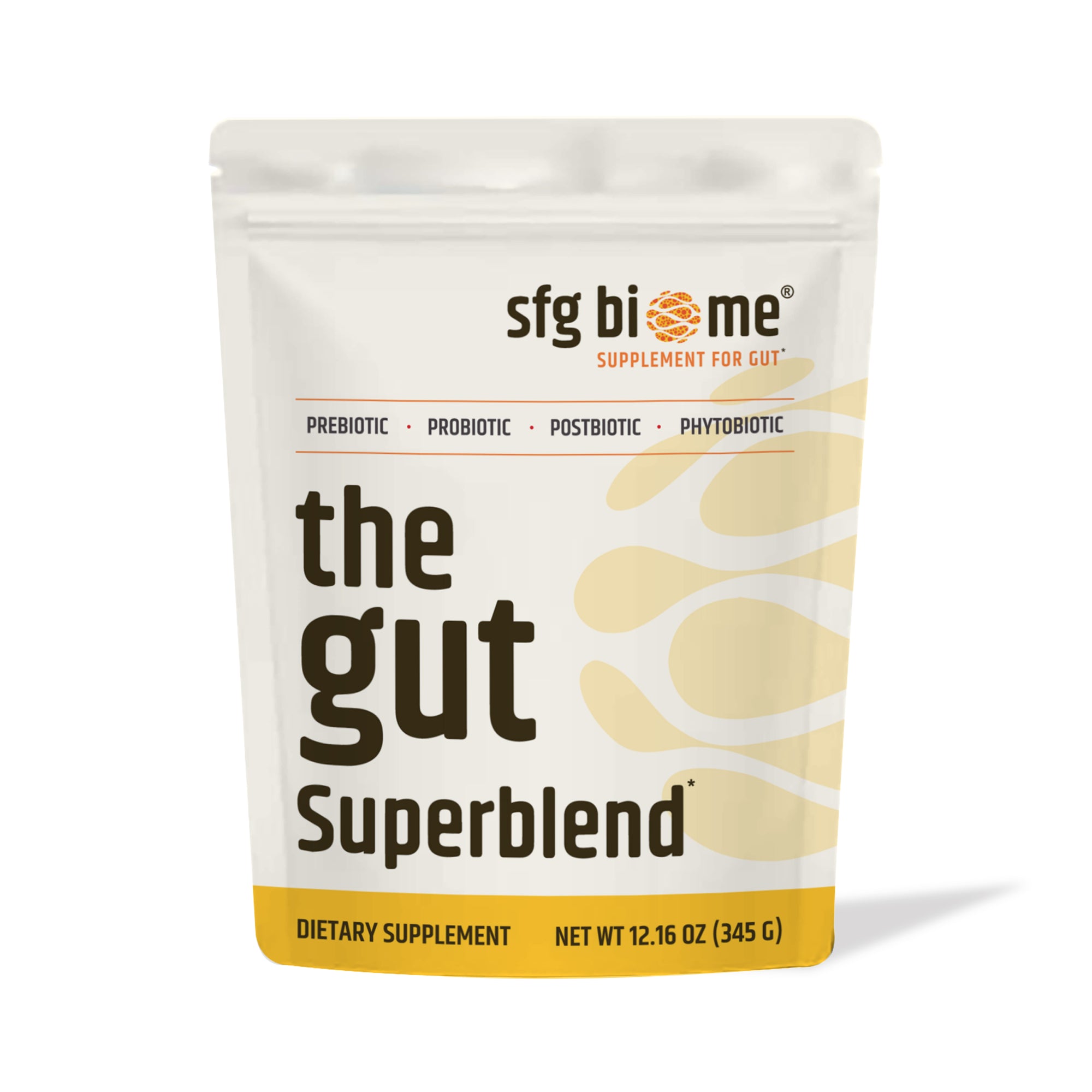A Fresh Way to Support Your Gut Naturally
A fruit salad isn’t just a refreshing snack. It can also be a simple way to nourish your gut. By choosing fruits rich in prebiotics, you can turn an everyday bowl of fruit into a microbiome-friendly meal.
A simple, science-backed recipe to support digestion and nourish your microbiome naturally.
What Makes a Fruit “Prebiotic”?
Not all fruits just offer vitamins and sweetness; some actually feed the good bacteria living in your gut. These special fruits contain natural fibers and plant compounds that your body can’t fully digest, but your gut microbes happily can.
When these microbes break down those fibers, they release beneficial compounds that help keep your gut environment balanced and comfortable. Think of prebiotic fruits as the fuel source that keeps your gut ecosystem running smoothly helping digestion, nutrient absorption, and overall wellness over time.
Fruits with Natural Prebiotics

Here are some of the best fruits to include in your gut-nourishing salad:
- • Bananas: Contain resistant starch and inulin — both are excellent for good bacteria.
- • Apples: Packed with pectin, a fiber that supports microbial balance.
- • Kiwi: Known for its digestive enzymes and prebiotic fiber.
- • Berries (blueberries, raspberries, strawberries): Rich in polyphenols that act like prebiotics and support microbial diversity.
- • Pomegranate seeds: Contain ellagitannins, natural plant compounds that gut microbes love to ferment.
The Gut-Loving Fruit Salad Recipe
Ingredients (serves 2):
- • 1 small green banana (sliced)
- • 1 apple (diced with skin)
- • 1 kiwi (peeled and sliced)
- • ½ cup mixed berries (blueberries, raspberries, or strawberries)
- • 2 tbsp pomegranate seeds
- • 1 tbsp chopped walnuts or almonds (optional, for crunch and extra fiber)
- • A squeeze of lemon or lime juice
- • 1 tsp honey or agave (optional)
- • 1 scoop SFG Gut supplement (½ scoop per bowl)
- • A sprinkle of chia seeds for extra prebiotic fiber
Directions:
- 1. Combine all fruits in a large bowl.
- 2. Drizzle with lemon juice and honey, then toss gently.
- 3. Sprinkle chia seeds and nuts on top just before serving.
- 4. Chill for 10–15 minutes before enjoying for the best texture and flavor.
Simple Tips to Maximize Prebiotic Benefits

- • Keep the skins on (when edible): many prebiotics live in the peel.
- • Add variety: the more fruits you include, the more diverse your gut microbes become.
- • Avoid too much sugar: let the fruits’ natural sweetness shine.
- • Combine with a protein or yogurt: for balanced digestion and steady energy.

Food Supplements and Gut Health
If you are already focusing on gut-nourishing foods, dietary supplements containing prebiotics, probiotics, or postbiotics can complement your efforts. They help maintain a balanced microbiome and support digestive comfort but remember, they work best when paired with a healthy, fiber-rich diet.
Final Takeaway
A fruit salad can be more than just a colorful treat it can be a daily ritual to nurture your gut health. By mixing fruits rich in prebiotic fibers and polyphenols, you are feeding the beneficial bacteria that help your digestion thrive. Small, consistent food choices like these can make a big difference over time.
FAQs
1. Are all fruits prebiotic?
Not all. While all fruits have fiber, only certain ones like bananas, apples, and berries contain specific prebiotic fibers that nourish good gut bacteria.
2. Can I combine prebiotic fruits with probiotic foods?
Absolutely! Pairing fruits with yogurt, kefir, or fermented foods creates a synbiotic combo feeding existing bacteria and adding new beneficial ones.
3. Do supplements help if I don’t get enough prebiotic foods?
Yes, dietary supplements combines prebiotics + probiotics + postbiotics + phytobiotics in one daily formula to support microbiome balance, gut barrier integrity, immune function, and the gut–brain axis. Always consult your healthcare professional before starting any supplement, especially if you are pregnant, nursing, or managing a health condition.
References
- • Gibson GR et al. (2017). The concept of prebiotics: The ISAPP consensus statement. Frontiers in Microbiology.
- • Bindels LB, et al. (2015). Prebiotics and gut health: Mechanisms and clinical implications. Current Opinion in Gastroenterology.
- • Holscher HD. (2017). Dietary fiber and prebiotics and the gastrointestinal microbiota. Gut Microbes.
- • Miquel S, et al. (2020). Polyphenols and gut microbiota: Implications for human health. Nutrients.
- • Slavin J. (2013). Fiber and prebiotics: Mechanisms and health benefits. Nutrients.




